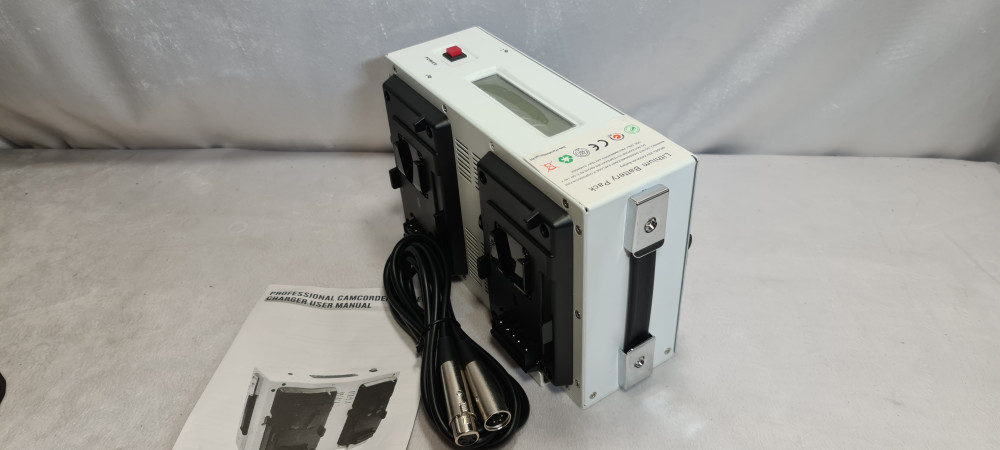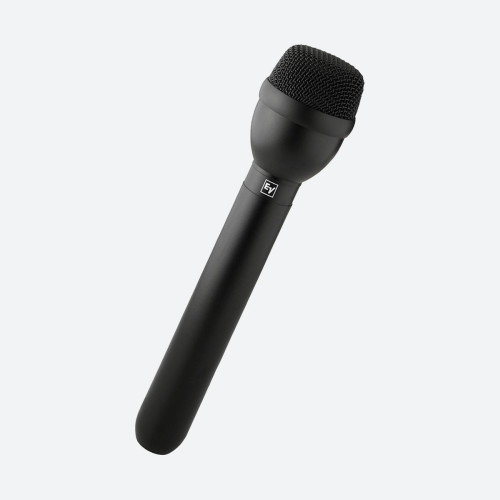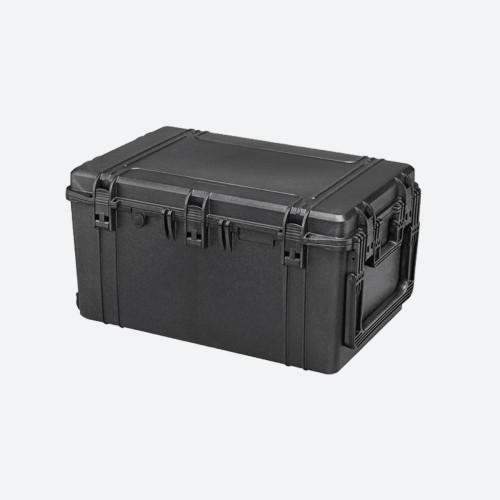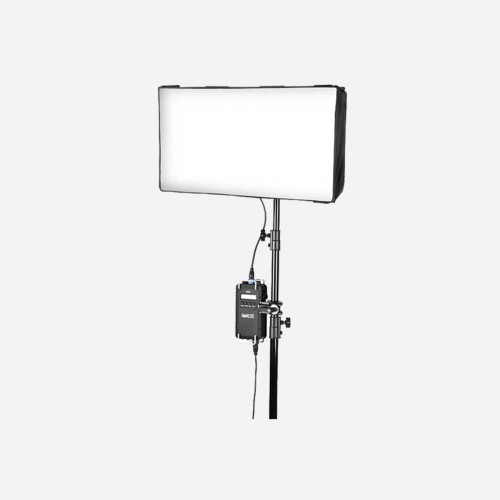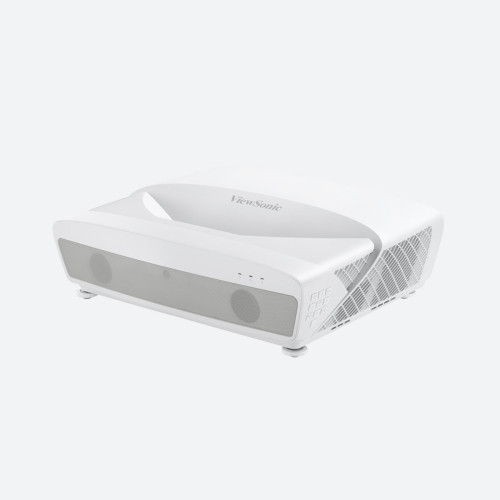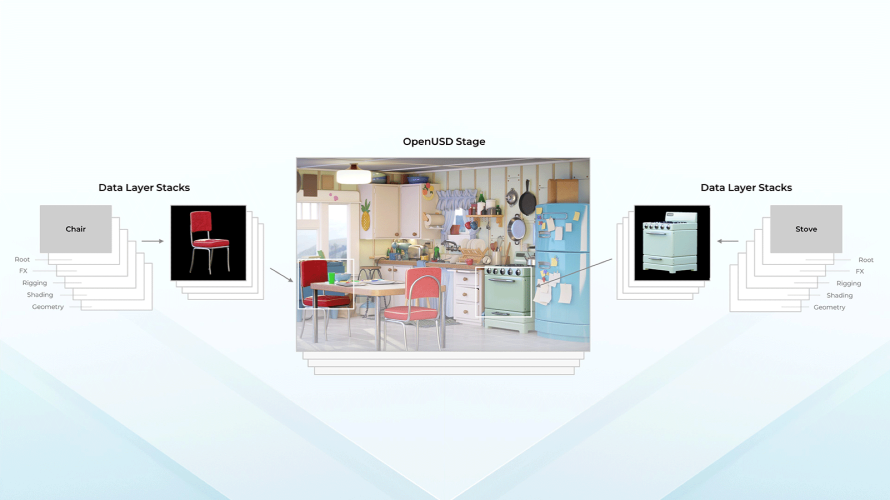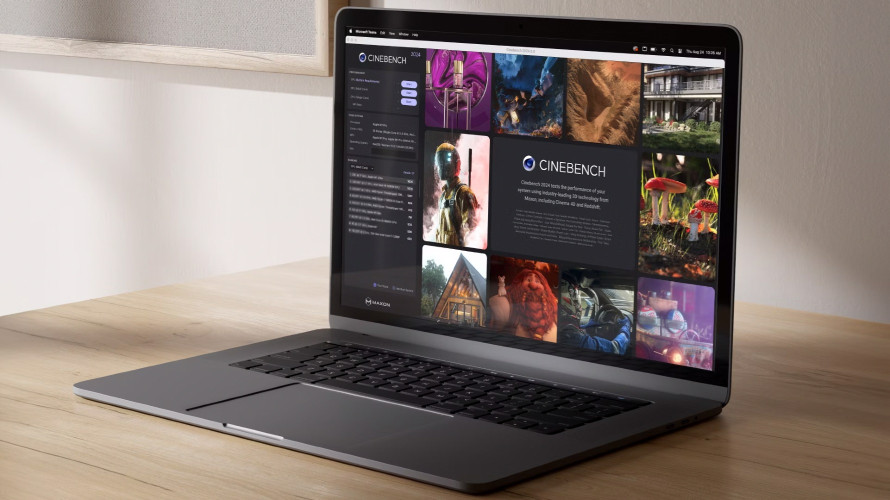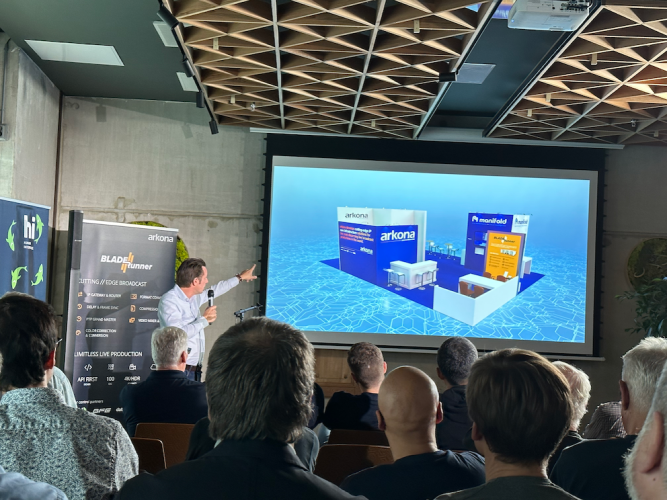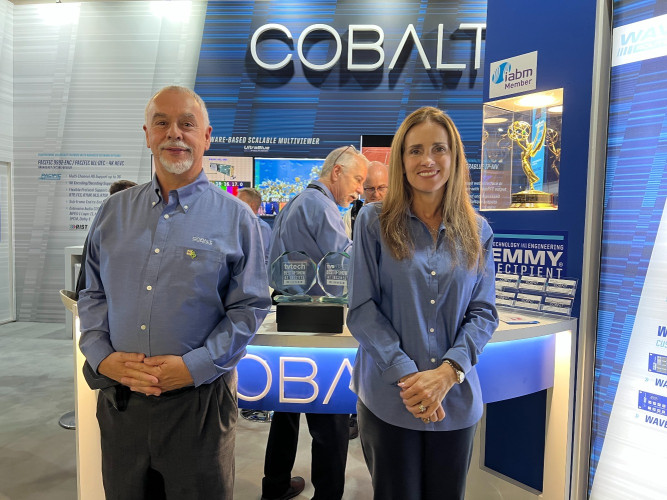3D was everywhere at IBC with a choice of new products on offer for all parts of production. This makes 3D far more accessible as well as easier to produce. It was also clear that interested visitors to the show were no longer swayed by the initial ‘wow’ factor and were trying to see the more important things – notably the economic realities. In the cinema world, 3D has already proved to be a good moneymaker, but now a good number of people in the industry are seriously focussing on 3DTV.
Just as the UK has its first 3DTV service, thanks to Sky, a number of people are sceptical about the business model saying that there’s no extra money for 3D over current HD programme production and post prices. There is also somewhat disappointing news from the USA where 3DTV set makers are finding their sales are not measuring up to, perhaps too optimistic, expectations. There could be many reasons for this; one that is often quoted is the necessity for chunky active glasses which come at a very chunky price – around $150 a pop. At this rate, sharing your shiny new 3DTV experience widely with friends and family is not going to happen. I am not convinced it costs significantly more to make a 3D set over modern 2D model, so I conclude that the manufacturers are trying to get a chunky 3D bonus from the active glasses. Other factors could be HD drag – many people have only recently shelled out for nice big HD screens and they are not going to retire these any time soon. On the other hand, 3D content is becoming much more available on Blu ray Disc and now over the air.
Go back just two or three years and we were hearing somewhat similar woeful predictions about HD. “Who needs it?” “There’s no extra money to make HD programmes” were common cries. But it’s true 3D has a bigger mountain to climb but, at the same time, also offers a very obvious benefit for viewers. Still, glasses are the problem, especially the chunky ones. It seems unlikely that 3D will replace 2D but there will be dedicated 3D channels... but then didn’t we said the same thing about HD?
Sony had some really cool, lightweight, stylish 3D eye wear but these were passive. Yes you can have TV screens that use passive glasses. To work, these screens polarise the light differently for the lines of left and right frames. This 3D viewing system is pretty much essential for viewing a bank of 3D pictures monitors as active glasses can only sync to one monitor and all the sources are not likely to be synchronous. And there’s another point, the frame-by-frame display used for active glasses does flicker, whereas the line-by-line left-right sequencing on some displays is much smoother – though the reduced vertical resolution may show on some movement.
Sony is doing a lot for 3D. Just one example is that no less than three big 3D image processing operations use ‘The Box’ otherwise known as the MPE-200, that houses multiples of the powerful Cell graphics processors that were originally designed to power the PS3. One application is for correcting the outputs of left and right cameras so they match – even through zooms. For this 64 reference points can be set along the zoom range then any ‘zoom wander’ between the two lenses is fixed. This technology was used at the World Cup in South Africa to help produce good live 3D. The second application they call ‘Stitching’; the demo showed the output of three 2D fixed HD cameras that covered a whole football pitch. Amazingly the output was a very impressive movable, zoomable virtual 3D presentation. The third application shown was 2D-to-3D conversion. To me this was disappointing as the pictures looked unconvincing and my perception quickly decided the output was really 2D. I’m sure ‘The Box’, designed by Sony in the UK, will be showing us more tricks in the near future.
Another important trend at IBC was smaller, lighter 3D camera rigs. Early quality models have been huge and heavy but things are now changing fast. There have long been smaller HD cameras but now there are sophisticated rigs to go with them – notably P+S Technik’s Freestyle which can adapt to take cameras ranging from Canon 5D, SI 2K, EX3, RED One... The company is also offering an SI-3D camera package. Element Technica created a big buzz with its Neutron rig, an addition to the Technica 3D range. This is another lightweight rig but the difference here is that you can configure it as a beam splitter, best for closeups, or as a side-by-side rig – best for longer shots.
It’s exciting that new small companies can still make big waves in our industry and within seconds of looking at the very new Cel-Soft’s (www.cel-soft.com) presentation of its Cel-Scope 3D, I knew this was a real game changer. Having noticed stereographers running around sets with tape measures to check that their depth budget is not being exceeded, it’s obvious that this product is a must-have. Cel-Scope 3D instantly shows the distance of objects and highlights those outside the budget by painting them with a chosen colour. But is does more and can also show, “all possible disparities between the left and right images,” says its inventor, Robin Palmer. Certainly the demonstration of matching the camera heights was most convincing – even I could do that! This is a software product that runs on an off-the-self Windows PC that includes some not too expensive GPU processing to produce the instant results. Knowing how critical aligning the two cameras is for good 3D this product seems to have all the answers. As I left two well-dressed men from the EBU lined up for their demo...
Despite any concerns about the commercial viability of 3D, it was the highlight of IBC with most for the innovations and product developments introduced to move the technology forward. My most useful hour at the show was the excellent free ‘What Caught My Eye’ session on the Sunday where Stereographer Adam Sculthorp introduced his 11 picks. If you missed it, IBC has its entire conference audio available for free at www.ibc.org.




